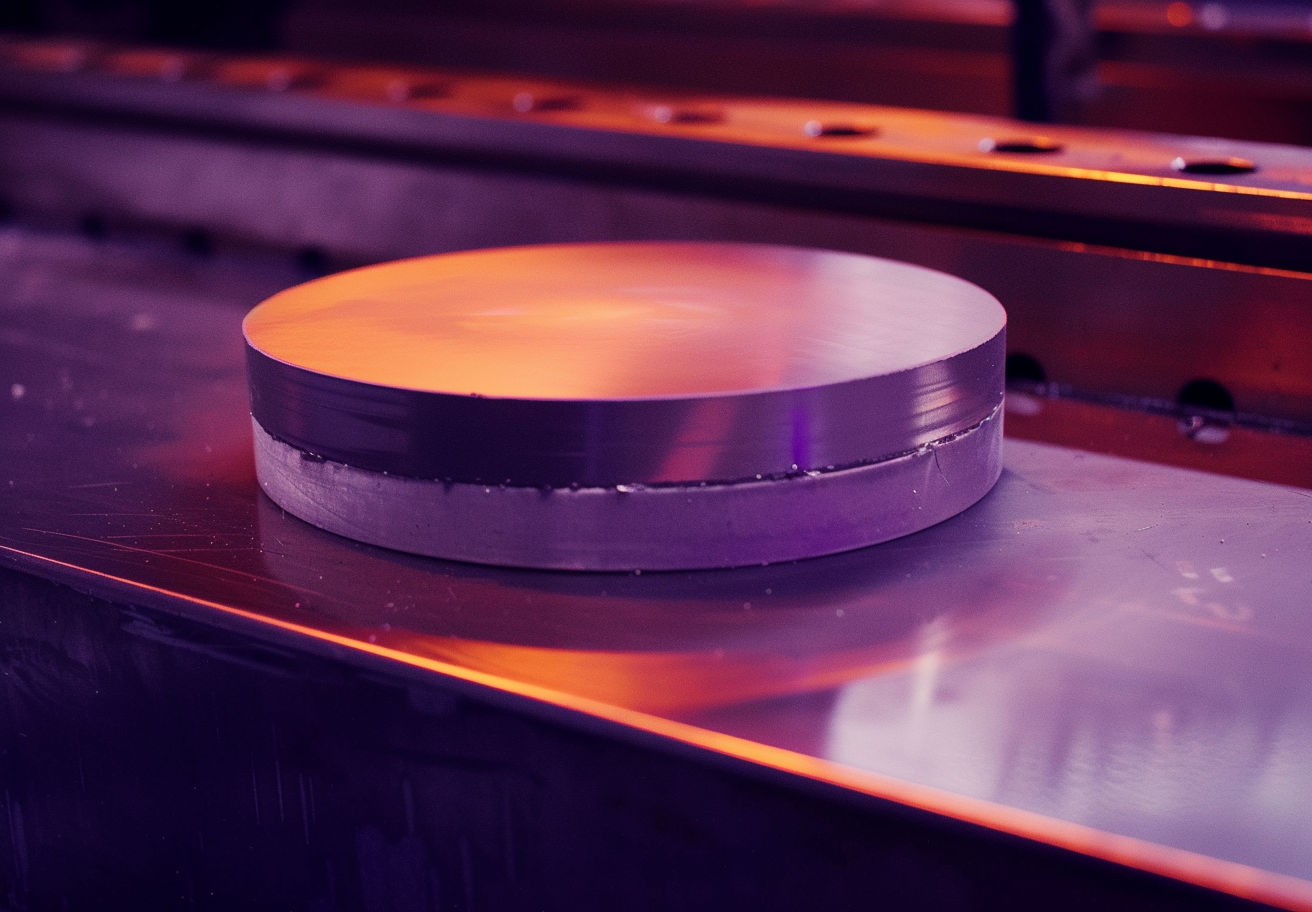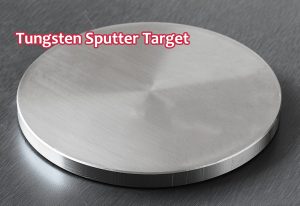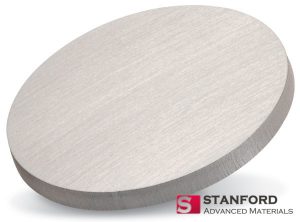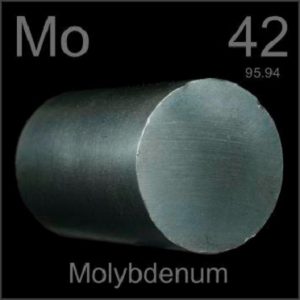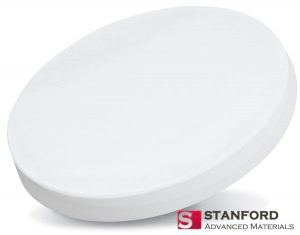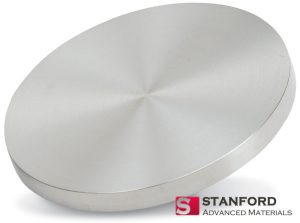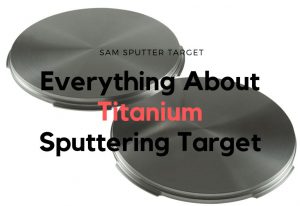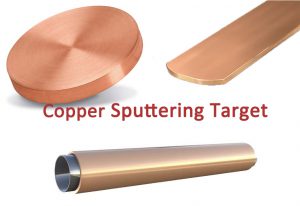Sputtering is a widely used process in various industries, from electronics to optics. High-temperature sputtering targets are essential for applications that require materials to perform under extreme conditions. Here are the top ten sputtering target materials known for their ability to withstand high temperatures, listed from highest to lowest melting point.
1. Tungsten Sputtering Target (W)
Tungsten sputtering targets are among the most heat-resistant options available, with a melting point of about 3422°C (6192°F). They are very strong and dense, making them ideal for high-performance applications, particularly in electronics where stability in vacuum environments is crucial. However, tungsten can oxidize at high temperatures, which may limit its use in certain applications.
2. Tantalum Sputtering Target (Ta)
Tantalum sputtering targets are known for their exceptional high-temperature properties, with a melting point of about 3017°C (5463°F). This characteristic allows tantalum to maintain strength even under heat. Tantalum also offers excellent corrosion resistance, making it ideal for use in medical devices and chemical processing equipment where durability is essential.
3. Silicon Carbide Sputtering Target (SiC)
Silicon carbide sputtering targets are robust ceramic materials that can withstand temperatures exceeding 2700°C (4892°F). SiC exhibits excellent mechanical strength and does not crack easily during rapid heating and cooling. It is widely used in semiconductors, high-temperature sensors, and optical devices.
4. Molybdenum Sputtering Target (Mo)
Molybdenum sputtering targets have a melting point of around 2623°C (4753°F). Known for excellent creep resistance, molybdenum is suitable for high-stress applications and is commonly used in the semiconductor industry and aerospace. While it may oxidize at elevated temperatures, its performance remains reliable.
5. Boron Carbide Sputtering Target (B4C)
Boron carbide sputtering targets are lightweight and very hard, with a melting point of approximately 2450°C (4442°F). They offer high wear resistance and can withstand high temperatures, making them useful in applications requiring durability.
6. Aluminum Oxide Sputtering Target (Al2O3)
Aluminum oxide sputtering targets, also known as alumina, have a melting point around 2072°C (3762°F). They are commonly used for insulating layers and coatings in electronics. Aluminum oxide provides good thermal stability and chemical resistance.
7. Zirconium Sputtering Target (Zr)
Zirconium sputtering targets have a melting point of approximately 1855°C (3371°F). Zirconium is used for its excellent resistance to corrosion and high temperatures, making it suitable for various industrial applications, including nuclear reactors and chemical processing.
8. Titanium Sputtering Target (Ti)
Titanium sputtering targets have a melting point of about 1668°C (3034°F). Titanium is known for its strength and lightweight properties, making it valuable in aerospace and medical applications. Its corrosion resistance also adds to its appeal.
9. Nickel Sputtering Target (Ni)
Nickel sputtering targets have a melting point of around 1455°C (2651°F). Nickel is often used in alloy production and for coatings that enhance corrosion resistance. Its stability at elevated temperatures makes it suitable for various industrial applications.
10. Copper Sputtering Target (Cu)
Copper sputtering targets have a melting point of about 1085°C (1985°F). While copper is known for its excellent electrical conductivity, its lower melting point limits its use in extremely high-temperature applications. However, it is widely used in electronics and interconnects.
Conclusion
Selecting the right sputtering target material is crucial for achieving the desired performance in high-temperature applications. Materials like tungsten, tantalum, and silicon carbide offer excellent thermal stability and resistance to oxidation. If you’re looking for high-quality sputtering targets, consider Stanford Advanced Materials. They provide a wide range of sputtering target materials tailored to meet the demands of various industries.
Further Reading: Everything You Need to Know About Sputtering Targets
